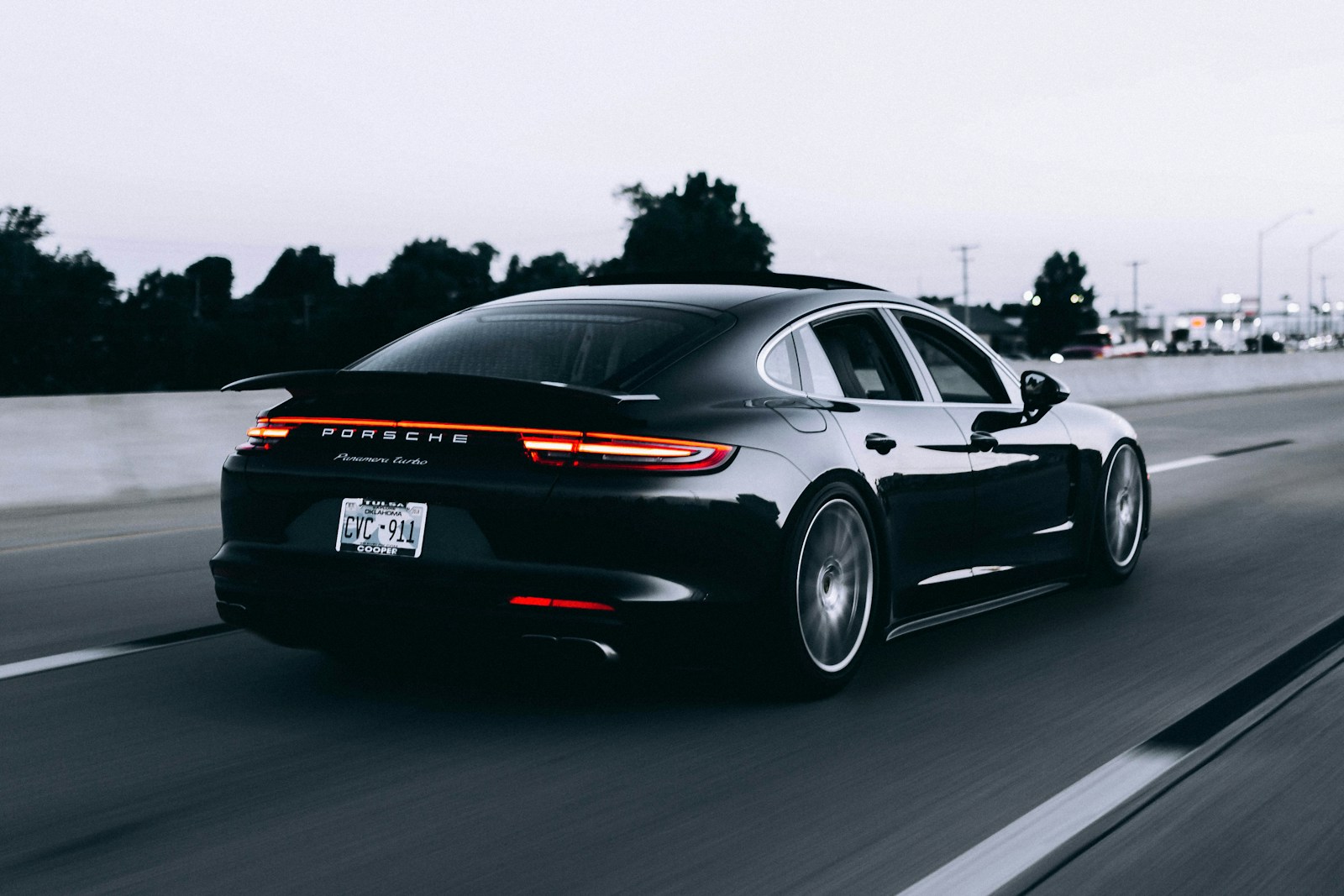Alright, buckle up, buttercups, because we’re about to embark on a journey through the wild, wacky, and frankly, often infuriating world of modern car technology. Remember when cars were just, well, cars? You’d hop in, turn a key, maybe adjust the radio with an actual knob (gasp!), and just drive. Simple, right? But fast forward to today, and our vehicles are more like rolling supercomputers, packed with screens, sensors, and systems designed to make our lives ‘easier’ and ‘safer.’
Sounds like a dream, doesn’t it? Seamless connectivity, intelligent driving aids, features that practically park your car for you. The promise is gleaming, high-tech heaven. But, as anyone who’s spent more than five minutes behind the wheel of a newer model can tell you, that promise often comes with a side of face-palming frustration. Sometimes, these cutting-edge innovations feel less like enhancements and more like… well, a persistent, digital headache.
So, prepare yourselves for a no-holds-barred look at the tech glitches that are turning smooth rides into irritating experiences. We’re talking about those moments when your car decides to have a mind of its own, when a simple touch or command becomes a battle, and when you just want to pull over and scream, “WHY?!” Let’s dive into the first seven infuriating innovations that are genuinely annoying drivers across the globe. You are *not* alone in your tech-induced car rage.
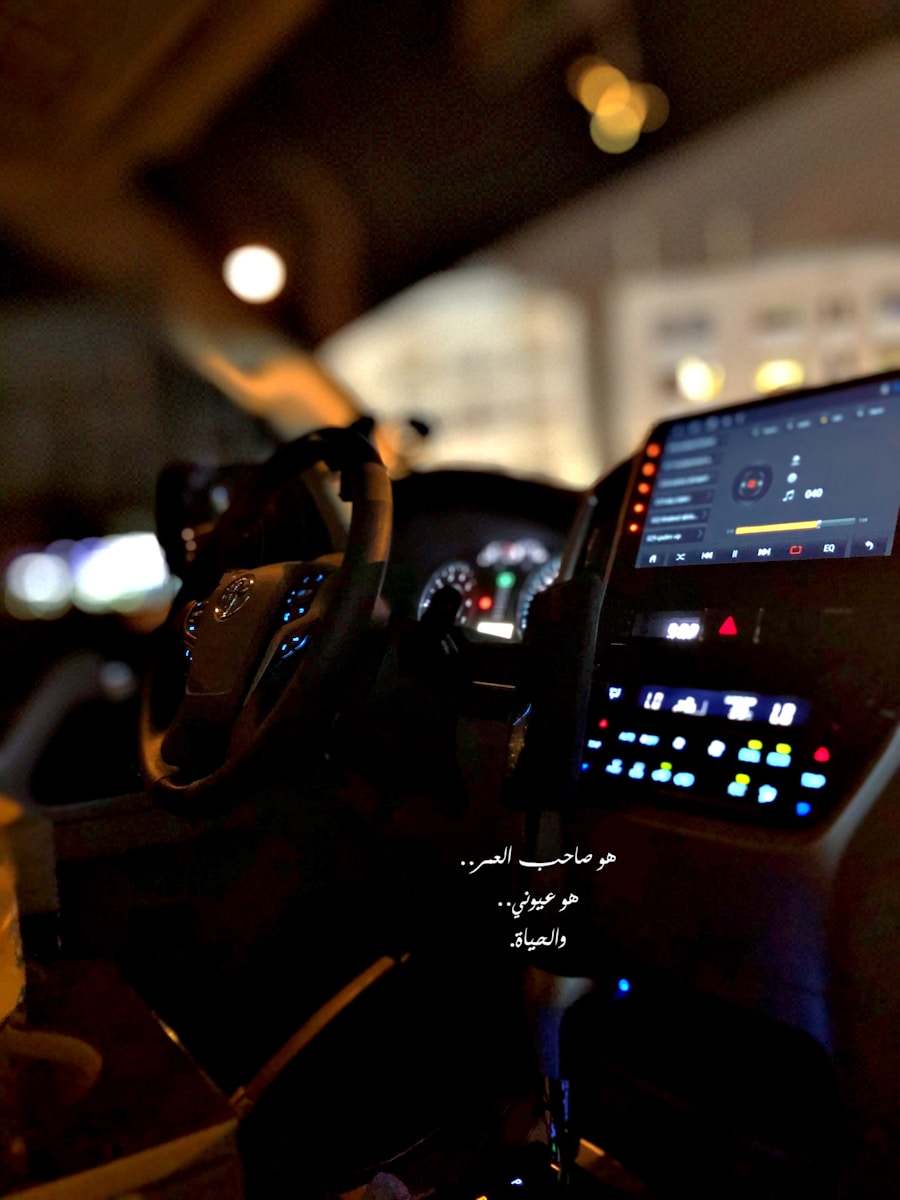
1. **Phantom Braking & Unpredictable Autopilot Systems**: Imagine you’re cruising down the highway, music on, windows down, enjoying that serene moment of being behind the wheel. Then, out of absolutely nowhere, your car decides to slam on the brakes. No obstacle, no reason, just a sudden, heart-stopping deceleration. This isn’t a scene from a sci-fi movie; it’s the all-too-real, terrifying experience of ‘phantom braking’ that many drivers, especially those in cutting-edge vehicles like the Tesla Model 3, Model S, and Model Y, have reported.
“The car’s advanced autopilot system can suddenly brake when no obstacles are present,” reports highlight, turning a potentially dangerous situation into a reality. This isn’t just an inconvenience; it’s a significant safety concern. When the very system meant to make driving safer instead introduces unpredictable behaviors, it deeply impacts driver confidence and the overall driving experience. It leaves you constantly on edge, wondering if your high-tech ride is truly looking out for you, or if it’s just practicing its emergency stop routine at random.
This isn’t just about a slight slowdown; it’s often a forceful, unexpected stop that can lead to hazardous situations on busy roads. The frustration boils over when you realize you’re paying a premium for technology that, at times, seems to be actively working against your peace of mind and, more importantly, your safety. It’s a glitch that transforms your futuristic ride into a nerve-wracking gamble every time autopilot is engaged.
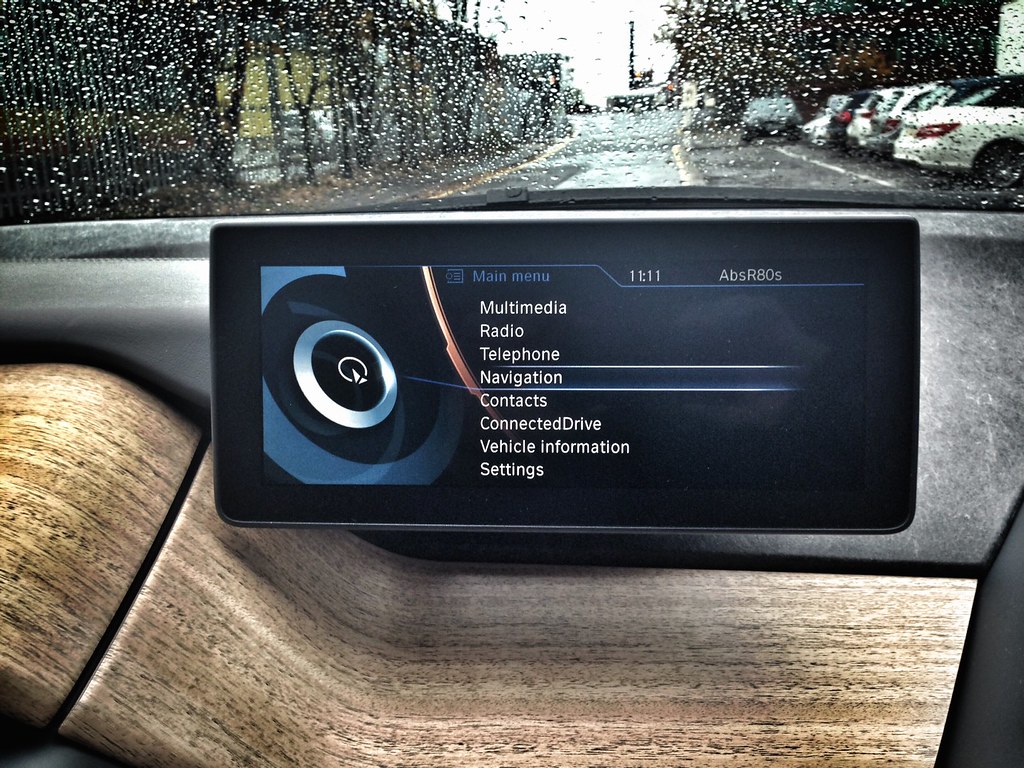
2. **Infotainment System Freezes & Lags**: Remember the good old days when your car’s entertainment system consisted of a radio and maybe a CD player? Simple, dependable, and rarely did it decide to just… stop working. Fast forward to today, and our dashboards are dominated by sleek, expansive infotainment screens that control everything from navigation to climate. They promise a world of digital delights, but often deliver a frustrating masterclass in freezing, lagging, and general digital rebellion.
Drivers across a multitude of brands, from the Jeep Cherokee with its “Uconnect system freezes or crashes” to the Volkswagen Tiguan’s “infotainment system is known to freeze or lag,” are feeling the pain. Imagine trying to get directions or change your music, and the screen just stares back blankly, completely unresponsive. “The touchscreen’s response time is sluggish,” and “many users have experienced random system reboots,” making the tech feel utterly unreliable when you need it most, whether you’re in a Nissan Rogue, a Range Rover Evoque, or a Ford Mustang Mach-E.
This isn’t just a minor annoyance; it disrupts navigation, audio functions, and can even impact climate control if those functions are exclusively tied to the screen, as is often the case in modern vehicles. Whether it’s the Subaru Outback’s “infotainment system is also prone to freezing” or the Chevrolet Equinox’s “delayed system responses,” the result is the same: simple tasks become cumbersome. You’re left tapping furiously, hoping for a flicker of life from a system that seems to have gone on an unscheduled coffee break.
The Mercedes-Benz GLC’s “MBUX infotainment system often suffers from glitchy performance, with freezes and delayed input responses,” further highlighting how widespread this issue is, even in luxury vehicles. It truly leaves “drivers without access to essential controls” when these systems decide to check out. It’s like your car’s brain just decides to take a nap, leaving you stranded in a digital limbo while trying to perform basic functions. You expect a high-performance computer, not a digital tantrum in the middle of your commute.
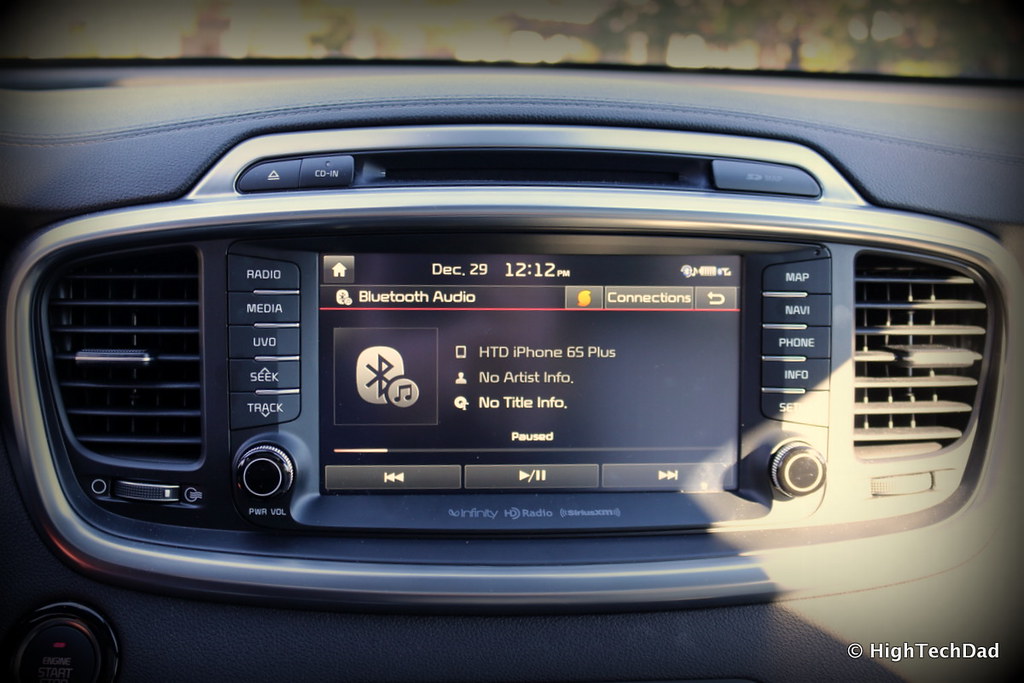
3. **Bluetooth & Smartphone Connectivity Headaches**: Ah, the joy of seamless smartphone integration! Or so the marketing brochures tell us. In reality, for countless drivers, the experience of connecting their phone to their car via Bluetooth or through systems like Apple CarPlay and Android Auto is often less than joyful. It’s a frustrating dance of dropped connections, pairing problems, and inconsistent performance that makes you wonder if your car and phone are engaged in a secret, passive-aggressive feud.
The Jeep Cherokee’s “Bluetooth tends to disconnect unexpectedly,” turning hands-free calls into a game of ‘is anyone still there?’ Similarly, Ford Explorer owners report “difficulty connecting smartphones,” while BMW X5 drivers lament that “Apple CarPlay is inconsistent, often disconnecting without warning.” These aren’t just minor hiccups; they completely undermine the very reason these features exist: to provide convenient and safe access to your phone’s functions while driving.
Whether you’re in a Nissan Rogue facing “connectivity issues with Android Auto and Apple CarPlay” or an Acura MDX struggling with “problems with Bluetooth connectivity,” the outcome is the same. Those who “rely on these features for navigation and music” are left frustrated, often resorting to fumbling with their phone directly, which defeats the safety purpose entirely. It’s a never-ending cycle of connecting, disconnecting, and reconnecting, making you feel like a digital referee in a battle between your car and your device.
“Ford Escape drivers often experience issues with the SYNC 3 system, particularly with… dropped connections to smartphones,” proving that this annoyance is widespread across various makes and models. The expectation is that your car integrates effortlessly with your digital life, but the reality is often a series of exasperating technical snags. It’s enough to make you miss the days of a simple AUX cord, isn’t it? At least that usually just worked.
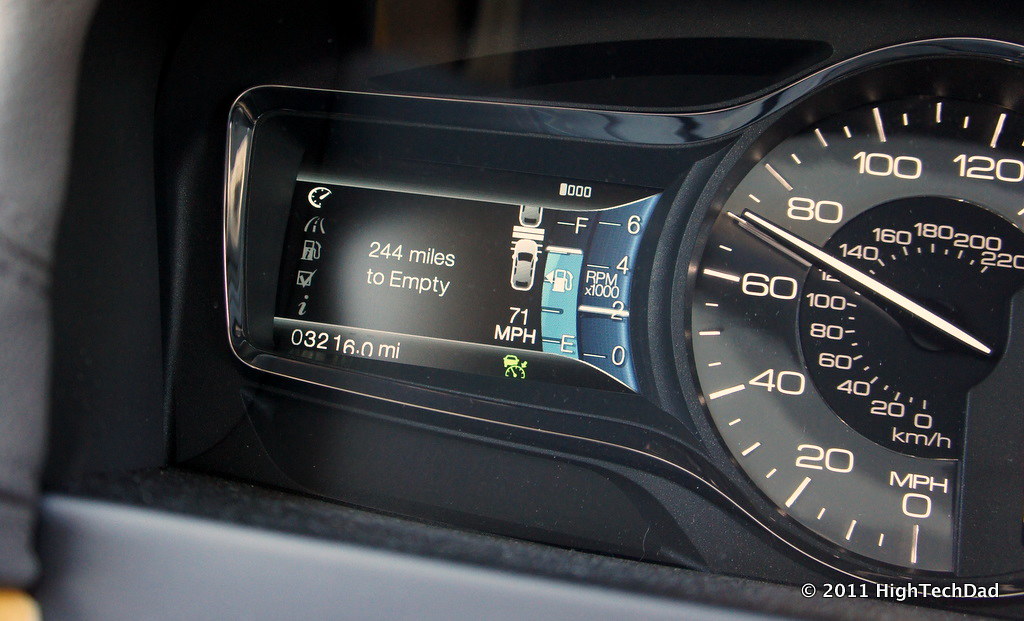
4. **Flaky Adaptive Cruise Control**: Adaptive cruise control – the dream of a less stressful highway drive, where your car intelligently maintains a safe distance from the vehicle ahead. It sounds like pure driving bliss, right? But for many, this supposedly intelligent system can be as unpredictable as a toddler after a sugar rush, delivering jolting surprises that are anything but relaxing. When this tech goes flaky, your peaceful cruise can quickly turn into a white-knuckle experience.
Take the Honda CR-V, for instance, where “the adaptive cruise control can act unpredictably, braking or accelerating inappropriately.” You’re expecting a smooth, consistent ride, and instead, your car decides to either slam on the brakes for no apparent reason or suddenly accelerate when you least expect it. It’s a complete inversion of its intended purpose, transforming a convenience feature into a source of anxiety and potential danger on the road.
The Toyota Prius, known for its efficiency, also “struggles with adaptive cruise control glitches.” Drivers report that “the car’s system can misread traffic conditions, leading to unnecessary braking.” Imagine cruising along, minding your own business, when your car decides a shadow or a distant car is an imminent threat, causing a sudden, unwarranted deceleration. It’s frustrating, jarring, and can be quite dangerous, especially if there’s a vehicle following closely behind you.
This inconsistency not only “compromises the driving experience and safety on highways” but also erodes trust in what should be a supportive driver aid. You start second-guessing every move your car makes, which is precisely what these systems are designed to prevent. Instead of making your drive easier, flaky adaptive cruise control just adds another layer of mental gymnastics to an already demanding task. It’s like having a co-pilot who occasionally presses random buttons.
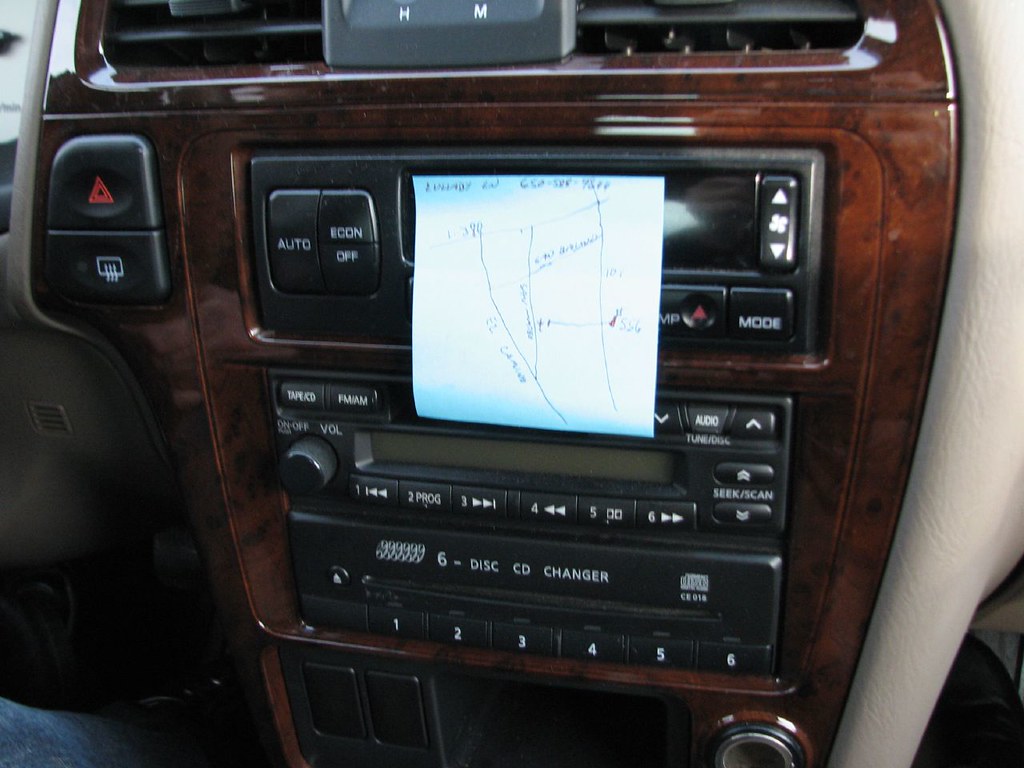
5. **Navigation System Failures & Incorrect Guidance**: Remember those days of unfolding giant paper maps or, slightly more recently, relying on a dedicated GPS unit? While not without their quirks, they generally led you to your destination. Now, our cars boast sophisticated, built-in navigation systems, promising real-time traffic updates and flawless route guidance. The reality, however, often falls short, leading to confusing detours and missed turns, especially when these systems decide to glitch out.
Audi Q7 owners have experienced “navigation system failures, where maps fail to load or route guidance becomes incorrect.” What’s the point of a premium in-car navigation system if it can’t even tell you where you are, let alone where you’re going? Similarly, the Kia Sorento’s “navigation and audio systems frequently glitch, causing drivers to experience delayed or incorrect directions,” turning a simple trip into an irritating scavenger hunt.
The Acura MDX, another vehicle with advanced aspirations, also reports issues with its “navigation system failing to load maps or routes correctly.” And let’s not forget the general annoyance flagged in broader discussions about “Built-in Sat Navs that don’t offer real-time traffic reporting.” This means you might be stuck in gridlock, blissfully unaware, while your phone could have rerouted you minutes ago. It’s frustrating to know that a cheaper, external device often outperforms the expensive, integrated tech.
These failures don’t just delay your arrival; they can significantly increase stress, especially when you’re in an unfamiliar area or rushing to an important appointment. The whole purpose of a navigation system is to reduce cognitive load and simplify travel, but when it misfires, it becomes a prime source of annoyance, adding unnecessary detours that complicate the driving process and make you question your car’s basic intelligence. It’s like having a travel guide who consistently gets their left and right mixed up.

6. **Unreliable Backup Cameras & Display Glitches**: Backup cameras used to be a luxury, now they’re a standard, essential safety feature. They offer a clear view of what’s behind you, helping to prevent accidents and making tight parking spots a breeze. But what happens when this crucial visual aid decides to glitch, delay, or simply go dark? You’re left reversing blind, relying on guesswork, and suddenly that ‘safety feature’ becomes a significant safety concern. Talk about a betrayal of trust!
Ford Explorer owners have reported “backup camera failures,” leaving them “without a crucial safety feature when reversing.” Similarly, “Backup camera delays are also common” in the Ford Escape, causing “drivers to back up before the camera has fully activated.” It’s a split-second decision in a parking lot, and when your camera isn’t ready, neither are you. This isn’t just an inconvenience; it’s a genuine risk of a fender bender, or worse.
Beyond just the camera, the broader display systems in many vehicles can be equally problematic. The Honda CR-V experiences “random screen glitches and blackouts,” while the Toyota Highlander’s “display system, such as freezing or slow response times,” directly impacts visibility and access to critical information. Imagine your entire dashboard display flickering or going dark mid-drive. It compromises the driving experience and, more importantly, safety by obscuring vital data like speed or warning indicators.
These display issues and unreliable backup cameras transform a supposedly enhanced driving experience into a stressful guessing game. The promise is clarity and safety, but the reality is often a moment of panic as you realize your digital eyes have failed you. It’s one of those glitches that makes you long for a good old-fashioned neck-turn and mirror check, because at least those rarely freeze or go black without warning.
Alright, if you thought those first seven tech headaches were enough to make you want to go back to a horse and buggy, you’re in for another wild ride! We’ve only just scratched the surface of the automotive tech annoyances that are truly testing our patience. It’s time to dive deeper into those ‘innovations’ that promised to simplify our lives but often just add another layer of ‘ugh’ to our daily commutes. Get ready to nod along in exasperated agreement, because here are the next seven features driving us absolutely bonkers.

7. **Keyless Entry: Convenience with Hidden Risks**: Keyless entry systems, with their slick fobs and push-button starts, felt like a leap into the future of effortless car access. No more fumbling for keys in your bag or pockets – just walk up, pull the handle, and *voila*! Your chariot awaits. It’s the kind of feature that screams ‘luxury’ and ‘convenience.’ But like many tech innovations, this one comes with a sneaky dark side that leaves many drivers feeling a little exposed.
The “convenience of a push-button start becomes problematic when considering how easily thieves can duplicate these signals.” That’s right, your cutting-edge tech might inadvertently be making your car *easier* to steal. Relay attacks, where criminals boost the signal from your fob, are a real threat, turning your seamless entry into an open invitation for unwanted guests. It’s a sobering thought when the very thing designed for your ease is exploited for criminal gain.
The context makes us ponder whether these advancements are “truly beneficial” when weighed against the increased security risks. “Traditional keys, while seemingly outdated, provide a layer of security that modern systems lack.” It’s a classic trade-off: unparalleled convenience for a potential breach in security. So, while we love the futuristic feel of a keyless car, we can’t help but feel a pang of nostalgia for the days when a sturdy metal key offered a more straightforward, perhaps more secure, defense against car theft. Talk about a digital dilemma!
So, there you have it, folks! A deep dive into the most maddening, bewildering, and downright annoying tech glitches and ‘features’ that have infiltrated our beloved cars. From phantom braking that tests our nerves to voice controls that test our patience, it’s clear that while automotive technology strives for perfection, it sometimes lands squarely in the realm of perpetual annoyance. But hey, at least we’re all in this digital-headache-inducing ride together! Perhaps one day, our cars will learn to read our minds, or at the very least, consistently connect to our phones. Until then, keep those hands firmly on the wheel, and maybe bring a physical map… just in case.

